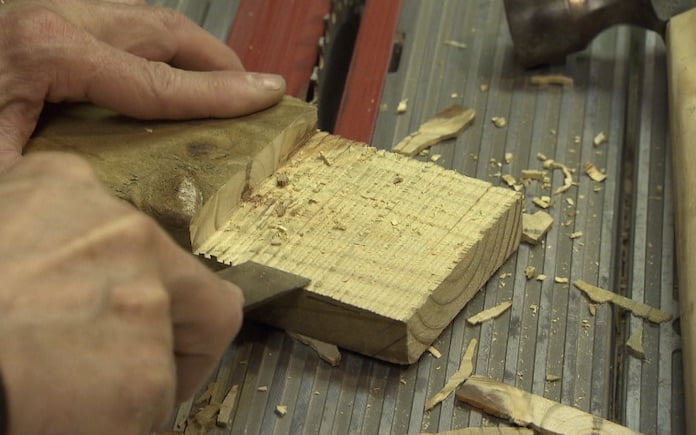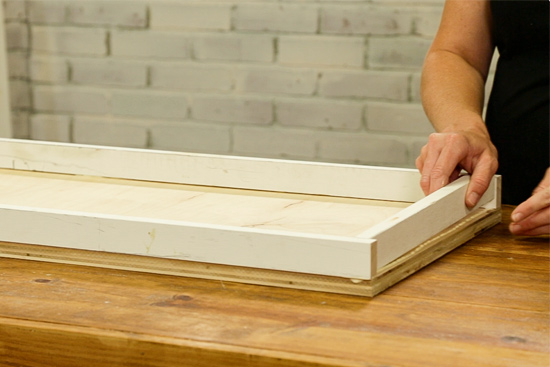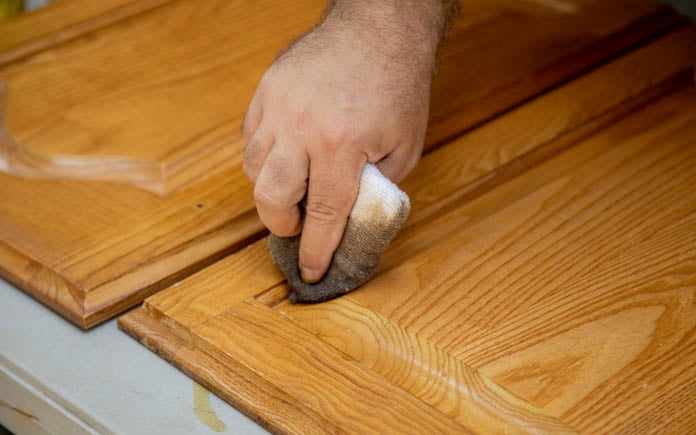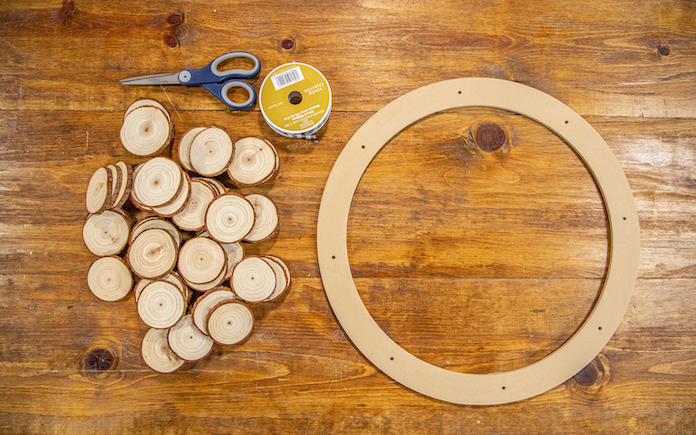Making a Crowded Laundry Room Functional and Stylish
We’re helping a couple who aren’t strangers to do-it-yourself projects. Matt and Lindsey Binion bought their mid-1950s house in the midtown area of Mobile, Ala., a few years ago and have been busy making it their own ever since. After completely renovating their kitchen because of a water leak, they installed their old kitchen cabinets … Read more










